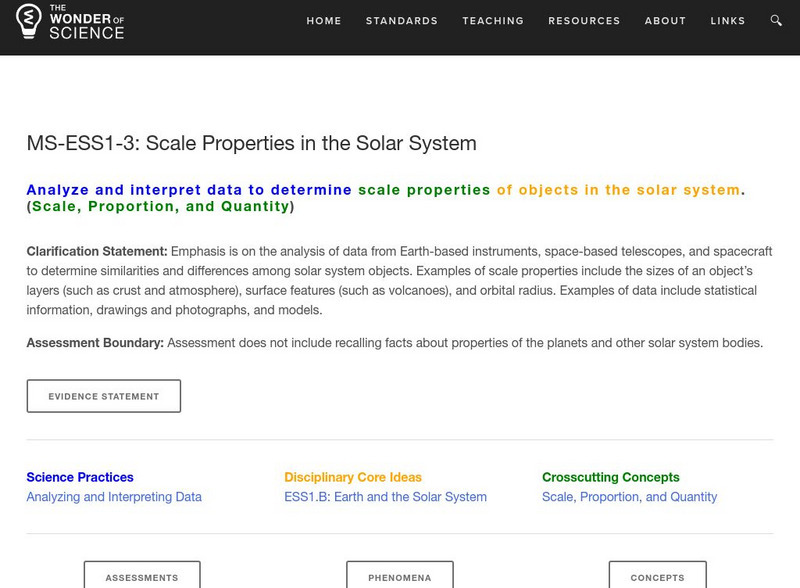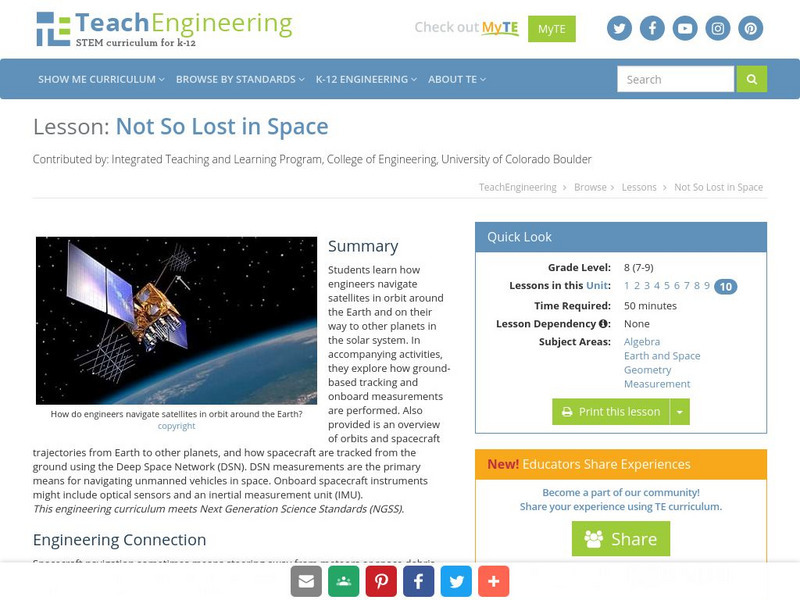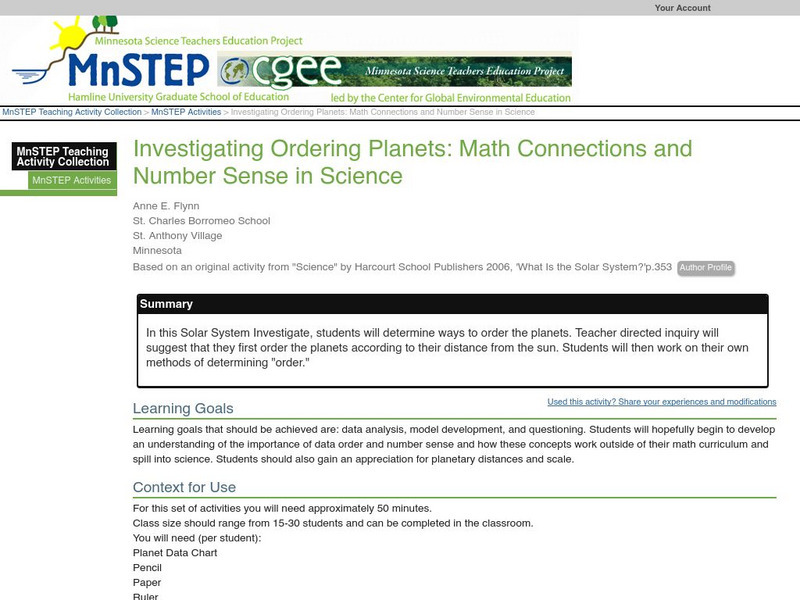Curated OER
Continents and Oceans on the Move
Students create an awareness of the vast percentage of water covering the earth. They relate similarities/differences between topographical maps and other maps of various time periods. Students examine how to use a topographical map.
Curated OER
Teachers' Notes: Switch Gets Ready!
Students practice multiplication facts, answer simple math questions from two, five, and ten times-tables, explore concept of halves and quarters, complete worksheet containing range of shapes to make shape picture, and sort data and...
Curated OER
Watershed Management
Students investigate the concept of a watershed. They conduct research into the concept using a variety of resources. Students take a field trip to a local watershed to make observations. The outcome is a report concerning the outside...
Curated OER
A DISAPPEARING ACT Astronomy: Do Stars Always Shine?
Learners observe why stars are not visible during the day with a classroom demonstration using an index card punched with holes.
Curated OER
The Water Cycle
Students create an "animated" water cycle wheel that illustrates where water comes from and where it goes.
Curated OER
Robots from Junk
High schoolers create balloon and rubber band models of robotic rovers to investigate the concepts of mass, torque, and friction. Through research and planning, students construct a rover test-bed that simulates the Martian environment.
Curated OER
Satellite Mobiles
Students discuss satellites and their functions. They design and construct their own satellite out of readily available materials. Students are taught the definition of a satellite. They discuss the two main purposes of satellites:...
ArtsNow
Arts Now Learning: Explore the Solar System With Theater [Pdf]
In this instructional activity, students build upon prior knowledge of the planets in the solar system by becoming aliens living on the planets. As aliens, they learn about their planets and create advertisements to persuade someone to...
The Wonder of Science
The Wonder of Science: Ms Ess1 3: Scale Properties in the Solar System
Work samples, phenomena, assessment templates, and videos that directly address standard MS-ESS1-3: scale properties in the solar system.
PBS
Pbs Learning Media: Solar System Scale Model
Teach the concept of scale models and the size of the solar system through this extensive lesson plan. Students will learn about scale models, estimate which objects to use to create a scale model of Earth and Sun, and figure out how far...
Utah Education Network
Uen: Composition of the Solar System
Students will use a reading selection to compare the solar system to a neighborhood and do some writing, drawing and make comparisons to reinforce their knowledge about the rocky planets, gas giants and amount of matter in the solar system.
TeachEngineering
Teach Engineering: Not So Lost in Space
Students learn how engineers navigate satellites in orbit around the Earth and on their way to other planets in the solar system. In accompanying activities, they explore how ground-based tracking and onboard measurements are performed....
Other
Simple Science: Planetary Gallery
The innovative resource examines images of the Sun, Moon, Pluto, and all eight planets in the Solar System. Learners calculate the diameter of each object and rank the objects in order of size. The activity has an interactive online...
Alabama Learning Exchange
Alex: Inner and Outer Planets of the Solar System
In this science lesson learners will work collaboratively to learn and introduce the eight planets, sizes, characteristics, and their order. They will use size comparisons, research a planet, design a poster and create a PowerPoint...
Science Education Resource Center at Carleton College
Serc: Know Your Neighbors: Researching the Planets
Students will study planets and moons in our solar system by working online and other resources. This instructional activity has students working together to generate a spreadsheet of data found. Students will use this information to...
Alabama Learning Exchange
Alex: Lost in Space a Solar System Study
During this technology based lesson, students navigate the Internet to learn interesting information about the solar system. They use the information to complete a worksheet and to create a puzzle or challenge for their classmates.
Science Education Resource Center at Carleton College
Serc: Investigating Ordering Planets: Math Connections & Number Sense in Science
In this Solar System Investigate, students will determine ways to order the planets. Teacher directed inquiry will suggest that they first order the planets according to their distance from the sun. Students will then work on their own...
Utah Education Network
Uen: My Solar System
Students will use a simulation to build their own solar system discovering the relationship between gravity and motion that keeps a planet in orbit.
Alabama Learning Exchange
Alex: If Earth No Longer Existed. . .
Students will work in cooperative groups to research characteristics of each of the planets in our solar system. Students will design a travel brochure outlining the characteristics of each planet. Each group will make an oral...
University of Texas at Austin
The University of Texas Mc Donald Observatory: Rock Cycle
This activity combines the concept of Earth's rock cycle with the characteristics of other planets in the solar system.
PBS
Pbs Teachers: Math Space Odyssey: How Much Do You Weigh in Outer Space?
Demonstrate the ability to apply the use of decimals, fractions, ratios and proportions to situations based upon given information about planets in the solar system.
Other
Montana State University: How Much Would You Weigh on Distant Planets?
This resource contains a lesson plan in which students study the effects of gravity on the planets of the Solar System. They will view movies from the lunar Apollo missions, calculate their own weight on other planets, and propose what...
Science Education Resource Center at Carleton College
Serc: Creating the Solar System
This two-part lesson begins with a lecture which describes the complex process of creation from molecular cloud to planetesimals to planets to organized solar system. The lecture is followed up with a draw/write activity in which the...
Other
Making a Scale Model of the Solar System
In this lesson plan site, middle schoolers are asked to construct a scale model of the planets to help visualize the relative size of planets and their relative distance from the Sun. Links are provided to the Sun and the planets which...

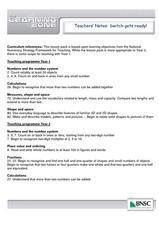


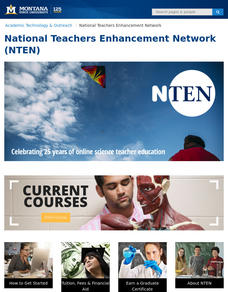


![Arts Now Learning: Explore the Solar System With Theater [Pdf] Lesson Plan Arts Now Learning: Explore the Solar System With Theater [Pdf] Lesson Plan](https://d15y2dacu3jp90.cloudfront.net/images/attachment_defaults/resource/large/FPO-knovation.png)
